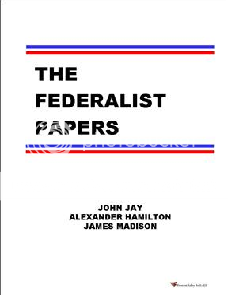RealWorldGraduation_Question_43_Gold_Coins <– PDF
Gold has historically been recognized as the ultimate “safe” money because it never loses its value. On the other hand, many paper currencies throughout history have eventually become worthless. Some noteworthy examples are Continental dollar issued by Congress during the American Revolution (1777-1781), the German mark in 1923, the Yugoslav dinar in 1994, and the Zimbabwean dollar in 2008. Many people choose to hedge against paper currencies by purchasing gold coins as a form of insurance, which could be sold or bartered in the event the paper currency ever fails. Many types are offered for sale as follows:
a) Authentic Gauden’s $20 Double Eagles (originally issued between 1908 and 1929). A total of approximately 65,000,000 were originally minted. It is 34 mm in diameter, and contains 42.0 milligrams (mg) of pure gold. Each can be purchased for $ 29.95 US.
b) Tribute proof $10 Liberty Head Eagles (originally issued between 1866 and 1907). Approximately 64,000,000 total were minted. It is 27 mm in diameter, and contains 21 mg of pure gold. Each can be purchased for $ 19.95 US.
c) 24 carat gold clad $10 Indian Head Eagles (originally issued between 1908 and 1933). Approximately 15,000,000 total were minted. It is 27 mm in diameter, and contains 19 mg of pure gold. Each can be purchased for $ 19.95 US.
d) Private mint authorized $5 Indian Head Half Eagles (originally issued intermittently between 1908 and 1929). Approximately 14,000,000 total were minted. It is 21.6 mm in diameter, and contains 8.5 mg of pure gold. Each can be purchased for $ 9.99 US.
A famous company advertises these coins for sale on TV, radio, and newspaper ads, reminding the audience that these coins are rare and out of circulation, and that gold is always highly sought after both for its intrinsic value and in the form of beautiful old coins. The ad goes on to remind the audience that gold coins should be part of every investment portfolio. Which of these coins offers the best investment value?
a) The Double Eagle, because it is the largest physical coin and has the second-largest amount of pure gold.
b) The Liberty Head, because it contain the greatest amount of pure gold.
c) The Indian Head Eagle, because it has the lowest price and is still pure gold.
d) The Half Eagle, because it is the rarest one (fewest were minted), which makes it more valuable.
e) It is best to have a variety of these coins as an investment. The prudent investor, or person who wants some insurance against a currency collapse, would be wise to buy some of each, but not necessarily in equal amounts. This is important to diversify one’s gold investments, even more so than stocks and bonds.
The additional information required to determine the best investment value is as follows:
- The current price of gold is about $120 per troy ounce.
- There are 31.103 grams per troy ounce, and 1000 mg per gram.
(The answer is shown on p. 2 of the PDF.)



